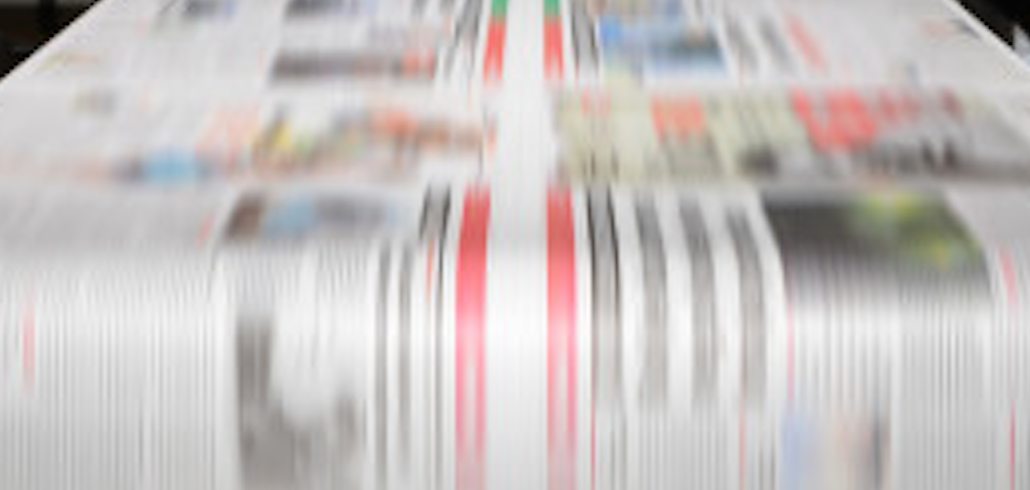Save 50% on a 3-month Digiday+ membership. Ends Dec 5.
Five years in, a quick-read spinoff is helping reduce The Independent’s losses

Launching a print newspaper in 2010 might have seemed like a crazy idea. But five years after The Independent launched its quick-read spinoff for lapsed readers, i, or the Indy, as it’s called, is not only the U.K.’s fastest growing but has helped erase the Independent’s financial losses.
I’s circulation of 276,000 now exceeds that of the Guardian (170,000) and the Financial Times (208,000), according to the Audit Bureau of Circulations (ABC), making it the third-most-read national “quality” paper behind the Telegraph and the Times. The i100, its year-old digital counterpart, reached 2.3 million users in September (comScore), which is small compared to the Independent’s 16 million but has been steadily growing.
The success of the i paper and i100 have helped the Independent’s prospects. According to i editor Oliver Duff, the Independent reported losses of £23.5 million ($36.21 million) in 2010. Today, with help from revenue from i and i100, those losses have declined to almost zero.
I and i100 owe their growth to a low-cost formula, easy-to-digest stories and native advertising. Overheads were low; it started off repackaging journalism from the Independent into a cheaper (it costs 20 p. compared to the Independent’s £1.20) and more digestible for today’s time-poor audience.
As for the i100 site, news editor Matthew Champion credits its growth with the decision to eschew a homepage in favor of a list of stories, in keeping with the decline of visitors to publishers’ homepages as readers increasingly come to the news through social media side doors.
The five-person editorial team at i100 draws on stories in the i and Independent to create charts, data visualizations for less text-based pieces that are easily shareable. Stories climb up the ranks when people up-vote or share them on social networks, in an effort to encourage reader interaction.
Articles on i100 that are sponsored by brands, original pieces written in collaboration with the editorial team, have gone well with readers, too, in some cases performing better than its editorial content.
Ad position: web_incontent_pos1
One article, “The 20 Best Films to Stream on Netflix Now,” sponsored by Virgin Media, was the top-viewed article for three days and one of its most shared on Facebook, with 1,500 shares.
Alec Boere, managing partner at ad agency Rufus Leonard, warns that letting readers control how high up articles rank in the list could dilute the editorial integrity, though. “What will end up happening is that only the fun, amazing or disturbing news articles will pop to the top. If you want quality news, you will need to go elsewhere,” he said.
While the temptation is there to dial up viral content to chase clicks and audiences, Champion said the challenge is striking a balance between being serious news outlet and a destination for more traffic-friendly fodder.
“We’ve tried not to go down just one route,” he said. “We post light, viral stories, but also January was our second-most-read month because we were covering Charlie Hebdo. We still need to be covering serious news.”
More in Media

Digiday+ Research Subscription Index 2025: Subscription strategies from Bloomberg, The New York Times, Vox and others
Digiday’s third annual Subscription Index examines and measures publishers’ subscription strategies to identify common approaches and key tactics among Bloomberg, The New York Times, Vox and others.

From lawsuits to lobbying: How publishers are fighting AI
We may be closing out 2025, but publishers aren’t retreating from the battle of AI search — some are escalating it, and they expect the fight to stretch deep into 2026.

Media Briefing: Publishers turn to vertical video to compete with creators and grow ad revenue in 2026
Publishers add vertical video feeds to their sites to boost engagement, attract video ad spend and compete with news creators.
Ad position: web_bfu